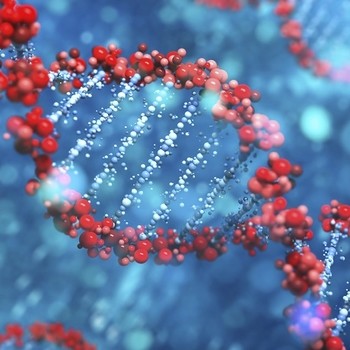Question #f5b8b
1 Answer
You should mention the options,if it is an objective type of question,Here i am answering without options .Transport across the membrane is categorized into passive transport( facilitated diffusion, no need of energy in transport) and active transport( energy is required in the form of ATP).
Explanation:
Passive transport requires no energy because solute crosses the membrane along the concentration. whereas active transport is energy dependent transport process and it has two types: primary active and secondary active transport, in which primary active transport takes place against the concentration of the solute via ATP hydrolysis such as ATPase pumps. example: H+/K+ pumps across plasma membrane, therefore,acidifying the stomach( K+ concentration is kept low from outside of the cell and higher in cytosol), SERCA Pumps in sarcoendoplasmic reticulum for muscle contraction: Calcium pumps keep maintain the intracellular calcium concentration low by transport out of the cell.
In secondary active transport: Two solutes transport through plasma membrane. first solute transport against the concentration and second along the concentration.Solute against the concentration set first.Energy is released during the transport of solute along the concentration which is used by second solute transport against its concentration example transport of two sodium and one glucose symporter in the intestinal epithelium.Transfer of two sodium from the lumen into the cytosol of the intestine along the concentration with one molecule of glucose against the concentartion.

